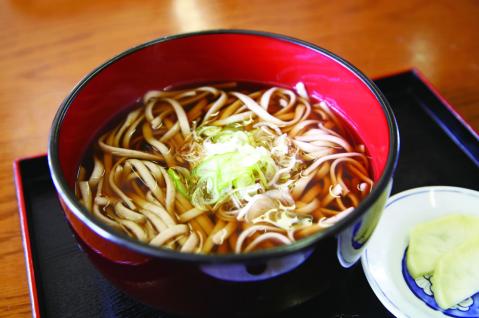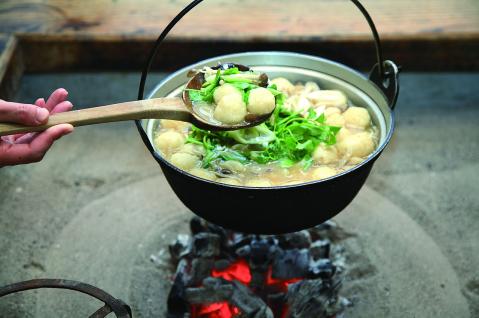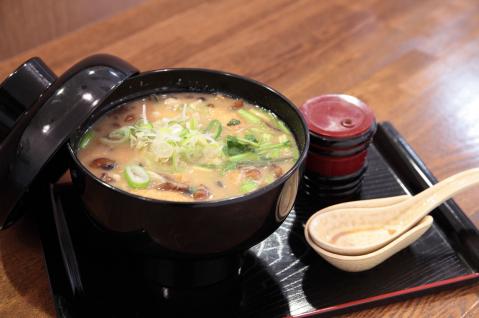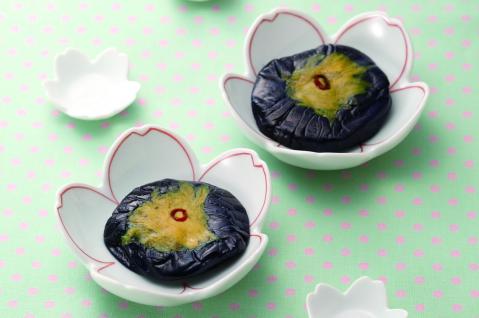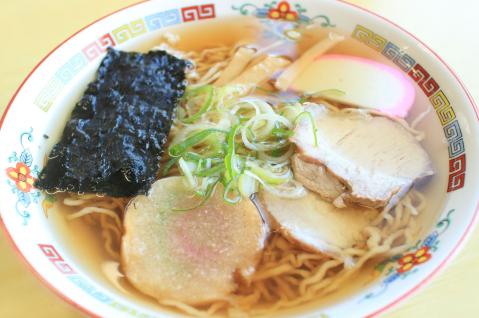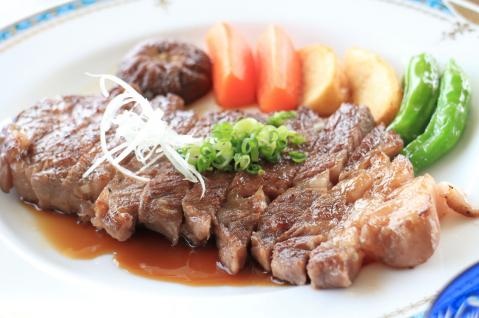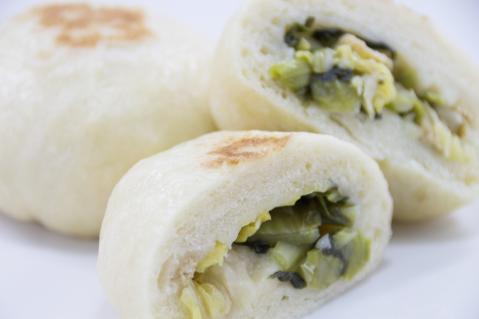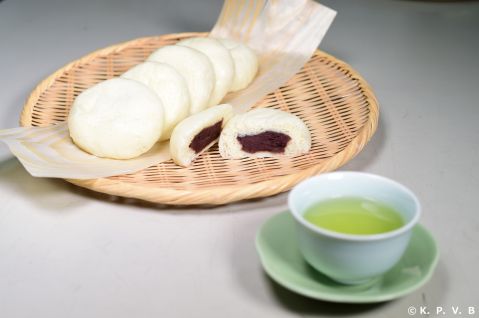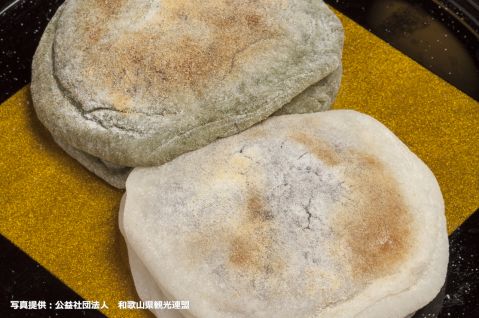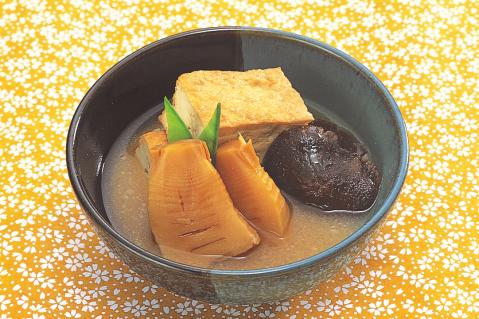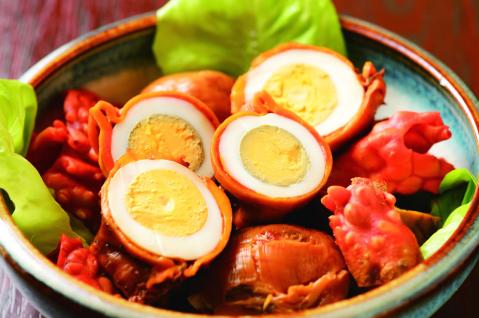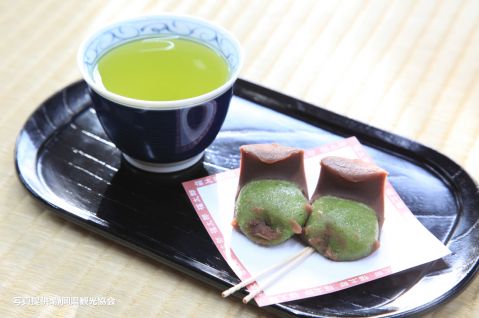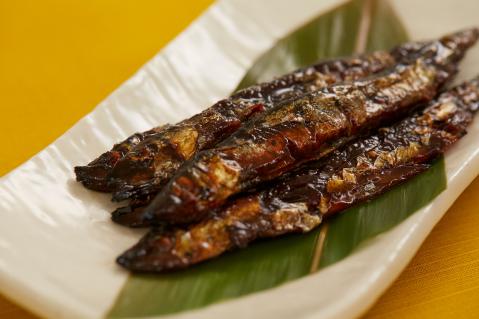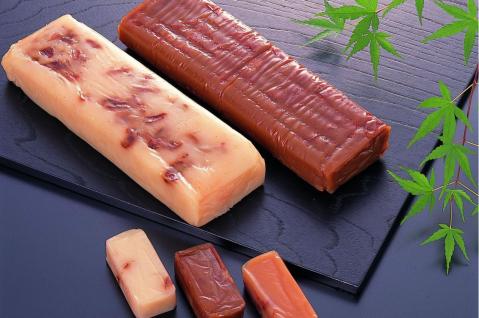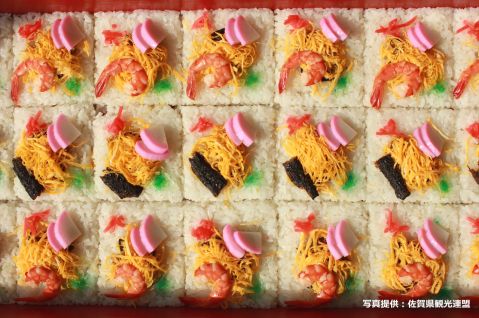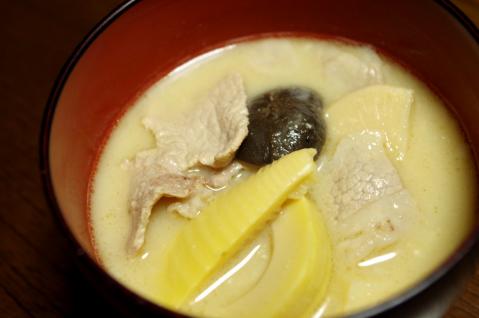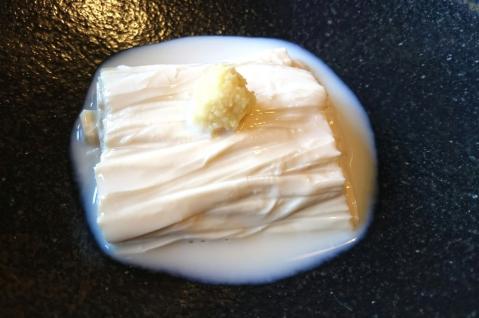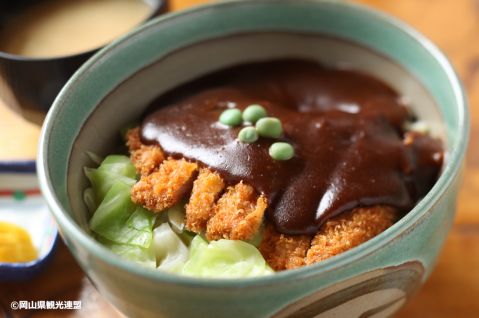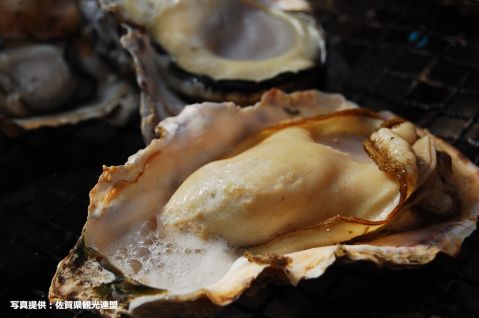Junsai (Watershield)
The Delightfully Slippery Treat: Akita’s Traditional Ingredient from Mitane Town
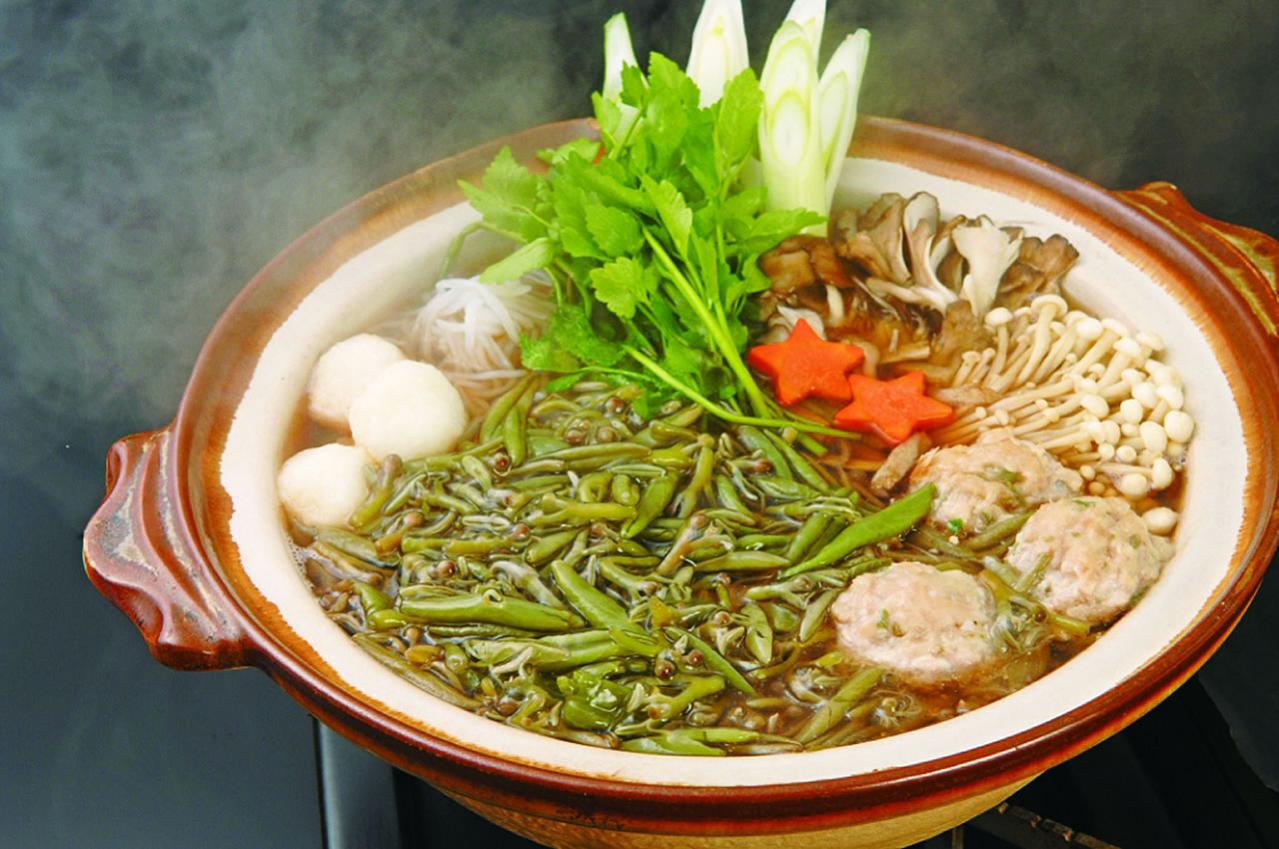
About Junsai (Watershield)
Mitane Town in Akita Prefecture is renowned as Japan’s top producer of junsai (watershield), a unique perennial water plant from the waterlily family. This plant thrives in pristine ponds and marshes, and its harvest season spans from early summer to mid-summer, peaking in June and July. In Mitane, harvesting begins in May and continues until August.
The edible parts of junsai are its young sprouts and stem sections, encased in a clear, jelly-like coating. This slippery coating is rich in acidic polysaccharides, giving junsai its signature texture. With its silky smooth mouthfeel and distinct texture, junsai has been cherished in Japanese cuisine for centuries.
Nutritionally, junsai is a low-calorie ingredient packed with dietary fiber, vitamin K, and potassium, making it a healthy choice.
In Akita Prefecture, a variety of traditional dishes feature junsai. Among them, "Junsai Nabe" (junsai hot pot) is especially popular. This summer delicacy combines plenty of junsai with chicken, burdock root, and Japanese parsley, creating a dish that perfectly balances the slippery texture of junsai with the rich umami of the chicken. Even in the warmer months, it’s a dish that awakens the appetite.
Junsai also pairs wonderfully with sake. Fruity ginjo sake or clean, crisp dry sake enhances the refreshing qualities of junsai, making it a perfect combination.
Additionally, from May to August every year, Mitane hosts "Junsai Picking Experiences," an event loved by both visitors and locals. This activity offers participants the chance to connect with nature and directly enjoy the blessings of the clean waters of the area.
Take the time to taste the traditional ingredient junsai (じゅんさい) from Mitane Town, Akita Prefecture, and experience its unique charm for yourself.
Related videos
Reviews
There are no reviews yet.

